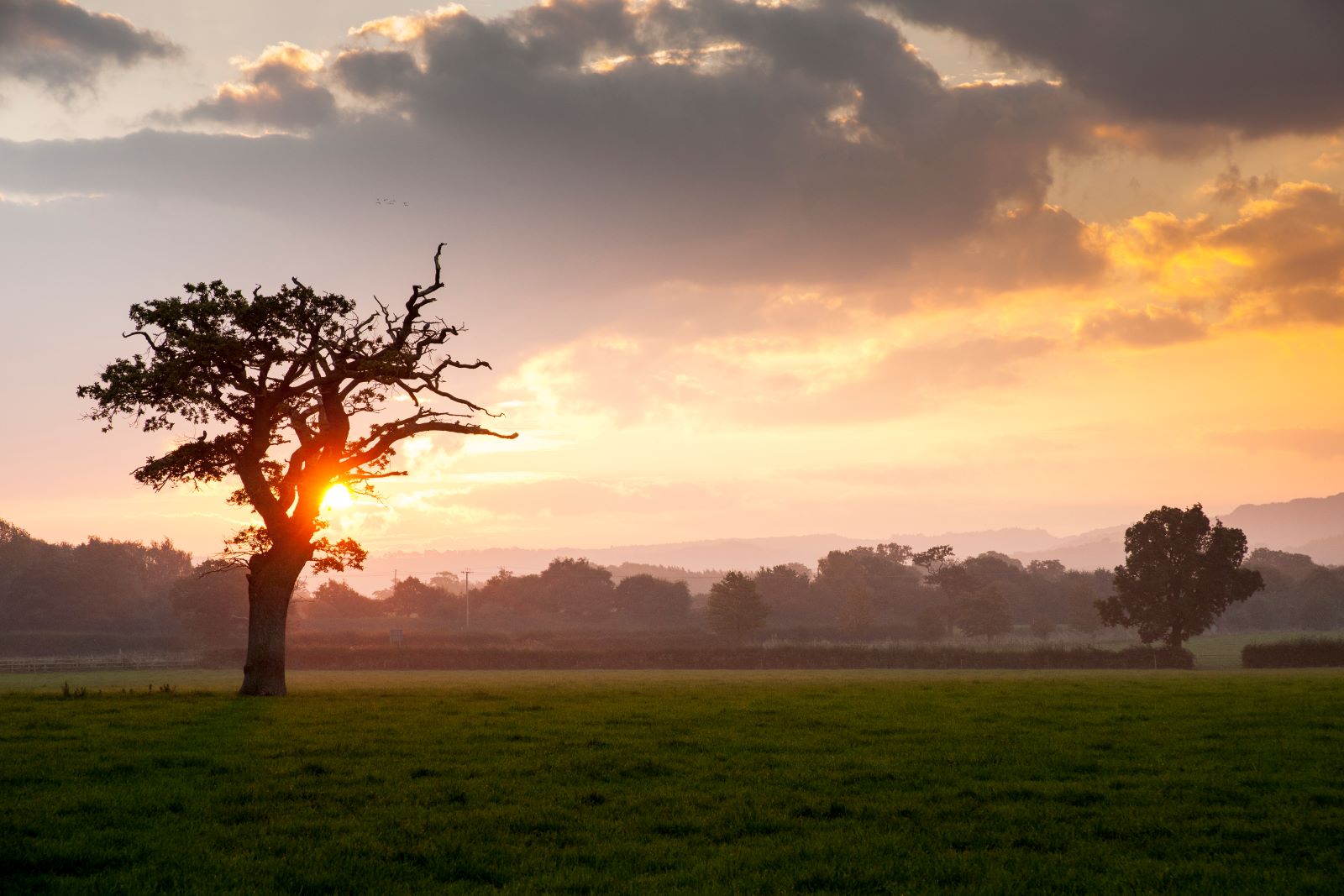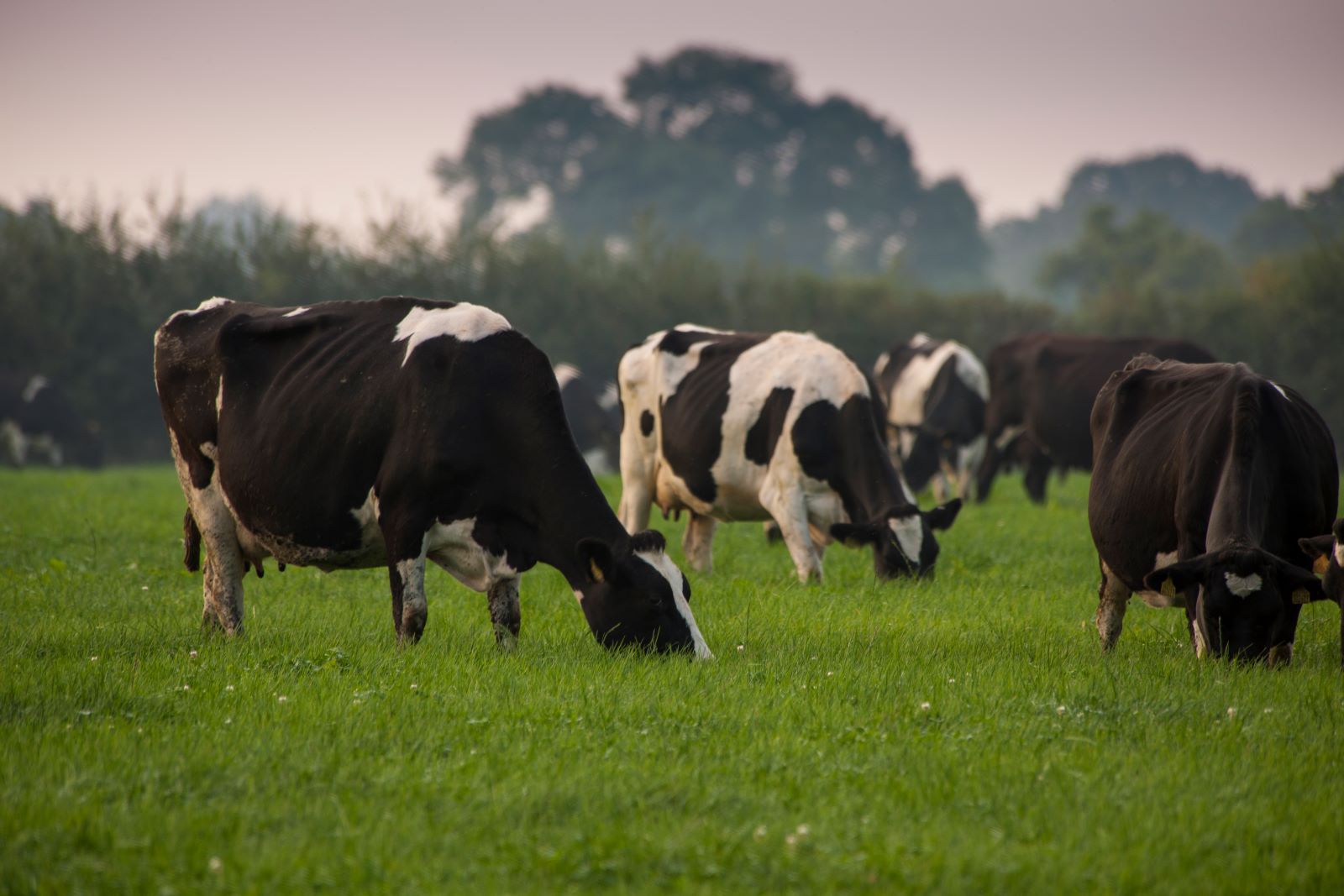In many ways, autumn is the beginning of the grazing season, not the end, says Germinal Ireland Technical Director Dr Mary McEvoy. Good grassland management in autumn is essential for setting up your farm for the coming spring.
With little grass growth over winter, to have grass available for grazing in spring, it must be grown during the autumn. Management of the grazing platform at this time of year significantly impacts spring grass availability.
The focus is on building grass up and managing the final rotation to close off at the right point. Dr McEvoy shares her top tips on how to do this well:
Make a plan and keep measuring
Planning specifically for your farm and stocking rate helps you budget autumn grazing. Keep measuring your grass supply each week so you know what grass is available and can plan how to achieve your grazing targets.
As it has been a difficult year to reach those targets on many farms, try to act quickly to bring your plan back on course. Where possible, replace demand with an alternative feed source or by removing surplus stock.
Well-managed grass at the two-and-a-half leaf stage still has an ME of 12 MJ and crude protein of 20% into November. Allocated correctly, it can drive milk production and body condition gains while still looking to provide the right start to spring grazing.
Building grass covers
As we discussed earlier this month, building grass covers to maintain grazing has been challenging this year, if not near impossible in some areas, due to the unusually dry summer conditions. There is only so much control we have, but reducing demand and taking extra care of what’s available is possibly the route to success this autumn.

Covers should reach their highest in mid-September, with targets based on soil type and stocking rates. You can use strip wires to improve grass utilisation on high covers if necessary.
Good clean-outs now will make it easier to clean fields out well in the next round and reduce the chance of dead grass building up over the winter.
Close paddocks in order of use
To have the correct cover for early spring grazing, paddocks need to be grazed to the right levels in autumn and then closed. Grazing in spring will start in the paddock closed first in autumn.
Most farms begin closing paddocks from 1-15 October. Aim to have 60% closed by the second week in November and the platform fully shut up by the end of that month, with paddocks cleaned out well during final rotations.
Avoid the temptation of late grazing
To secure the quality and quantity of grass you need for spring 2023, resist the temptation to continue grazing even if conditions appear favourable. Re-grazing closed fields will result in grass availability in the spring being reduced.

A kilo of spring grass DM is worth in the region of €0.16 compared to €0.11 in the autumn (DAFM 2022 Grass and Clover Recommended List). Achieving closing farm targets this back-end will ease the pressure next spring.
Be flexible
Although a plan is important for autumn grazing management, also try to be flexible and respond to what you are seeing on-farm. Monitor covers closely and don’t be afraid to close the farm early if targets have already been reached.
However, if you are struggling to meet your daily grass allocations, feed supplements to buffer any shortfall, rather than overgrazing and removing grass needed next spring.
A quick guide to autumn grazing management
- Consider separate entrance and exit points and multiple water troughs to reduce the risk of poaching if weather conditions deteriorate
- Measure your grass supply weekly so you know how much grass you have as well as how much you need and supplement as necessary
- Produce an autumn grass budget
- Use on-off grazing and strip wires if ground conditions deteriorate as the autumn progresses. Alternatively consider feeding concentrate or removing surplus stock to manage farm covers to ensure sufficient grass availability next spring
Ask an expert
